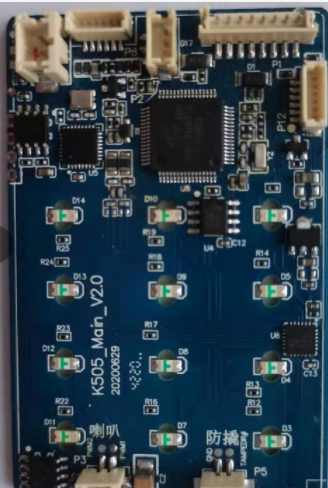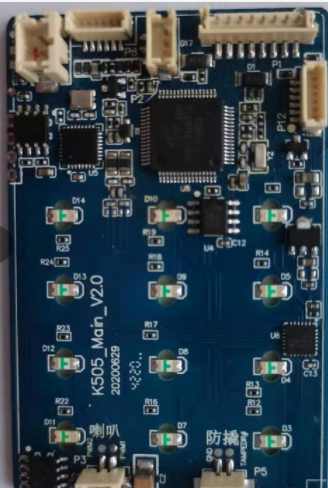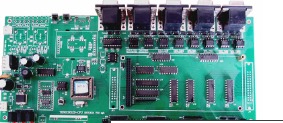
PCB board is a complex process, in a series of PCB board production processes, there are many matching points, accidentally the board will have defects, affecting the whole body, PCB quality problems will emerge in endlessly, such as a common short circuit, open circuit and so on.
(1) Improper pad design, we can change the circular pad to an oval, increase the distance between the point and the point, to prevent short circuit.
(2) The direction of PCB parts is improperly designed, such as SOIC feet if parallel to the tin wave, it will cause a short circuit, so wPCB shorte can appropriately modify the direction of the parts, so that it is perpendicular to the tin wave.
(3) Automatic plug-in foot bending, will also cause circuit, because the IPC stipulates that the length of the foot is less than 2mm, and there is concern that the parts will fall off when the Angle of the foot is too large, so it is easy to cause short circuit, so the solder joint should leave the line more than 2mm.
In addition to the above 3 points, there are some reasons that will cause PCB short circuit problems, such as the substrate hole is too large, the tin furnace temperature is too low, the solderability of the board is poor, the welding resistance film failure, the board surface is polluted, and so on, engineers can carry out a series of troubleshooting for these reasons.
Open the road
An open circuit occurs when the trace breaks, or when the solder is only on the pad and not on the component lead.This is because there is no adhesion or connection between the component and the PCB, just like a short circuit, which can occur during production or welding and other operations.
Vibrating or stretching circuit boards, dropping them, or other mechanical deformation factors can damage the trace or solder joints.
Chemical or moisture can cause solder or metal parts to wear out, which can cause component leads to break.
3. Dark and granular contacts appear on the

This kind of problem on the PCB board is mostly because tPCB boardhe solder is polluted and the oxide mixed in the dissolved tin is too much, resulting in the solder joint structure is too brittle. Care should be taken not to confuse the dark color with the use of solder with low tin content.
Another reason for this problem is that the composition of the solder used in the process of processing and manufacturing changes, and the content of impurities is too much, and pure tin needs to be added or replaced.
Physical changes in the fibre-forming layers of stained glass, such as separation between layers.
However, this situation is not a poor solder joint, but the substrate is too hot, reduce the preheating and solder temperature or increase the substrate travel speed.
PCB solder joints become golden
Under normal circumstances, the solder of the PCB board is silver gray, but occasionally there are golden solder joints. The main reason for this problem is that the temperature is too high, at this time only need to lower the temperature of the tin furnace.
Environmental impact
In extreme temperatures or fluctuating temperatures, excessive humidity, high-intensity vibration and other environments, it is easy to cause damage to the PCB board. For example, changes in ambient temperature can cause the deformation of the board, so it will destroy the solder joints, bend the shape of the board, or cause the copper trace on the PCB board to break.
Moisture in the air will cause oxidation, corrosion and rust on the metal surface, such as exposed copper traces, solder joints, pads and component leads will be affected.
Accumulation of dirt, dust or debris on the surface of the parts and PCB board can reduce the air flow and cooling of the parts, causing the PCB to overheat and degrade performance.
Vibration, dropping, hitting or bending the PCB will cause it to deform or crack, and high current or overvoltage will cause the PCB board to be broken down or the components and pathways to age rapidly.









